The Curious Case of the Mdina Mysterious Mural Marvel
The Unveiling of a Secret Street Art Sensation
Ah, the quaint and historic streets of Mdina! A place where the walls whisper ancient secrets and the cobblestones hum tales of yesteryears. But recently, the Silent City had been abuzz with not-so-silent rumors about a mysterious street artist leaving behind a trail of mesmerizing murals. The unknown artist, dubbed as “Il-Pinżell Mysterjuż” (The Mysterious Brush), had strategically picked spots throughout the walled city, leaving only a cryptic signature of a paintbrush with a tiny pastizz at the tip.
In the heart of Mdina, just a stone’s throw away from the famous Fontanella Tea Garden, the latest mural had been revealed. Yet, no one had ever caught a glimpse of Il-Pinżell Mysterjuż. The content of the mural? A parody of the Last Supper featuring iconic Maltese figures, each holding a traditional dish – from lampuki pie to ħobż biż-żejt.
The Investigative Trio of Valletta
Enter our eccentric trio: Doris, a lovably nosy pastizzeria owner, Wistin, a retired Karozzin (horse-drawn carriage) driver with a flair for drama, and Sina, a conspiracy-theorist fishmonger with a knack for smelling something fishy even outside his daily catch.
Determined to unveil the identity behind Il-Pinżell Mysterjuż for the sole purpose of featuring a mural on their hometown building in Valletta, they embarked on an investigative escapade. Armed with binoculars, a batch of freshly baked qassatat, and Sina’s overactive imagination, they were poised to crack the case wide open.
Tale Twists and Erroneous Encounters
In what could only be described as a masterstroke of mistaken identity, the trio zeroed in on a suspect: an introverted art student from Gozo named Rita. Rita spent her days sketching the scenic backdrop of the Azure Window, unbeknownst to the fact she was now the target of a hilariously misguided manhunt that would soon shake the very foundations of the trio’s beliefs.
The Mockumentary Whisperings
“We’ve got to be stealthy as the Ġgantija temples are old,” whispered Wistin, confusing stealth with age. “Mela, this girl’s paintings have reached more fame than a festa fireworks display, and we haven’t even heard her say ‘uwejja!'”
The trio documented every step of their journey with a camcorder bought from the last festa’s tombola – just in case the National Museum of Archaeology ran out of historical finds to display. The ‘mockumentary’ was filled with exaggerated stakeouts and whispered commentaries that could make any hardened carabiniere chuckle.
The Revelation and the Real Artist
As the walls of Malta stood quietly amused by the human antics, the real Il-Pinżell Mysterjuż eventually emerged: a quiet painter named Leli – not Rita – who had been painting Murals Under the Radar (MUR) – and working at Mdina’s own pastizzeria all along. Leli had designed the mysterious murals as a satirical take on Maltese daily life and surprisingly subtle commentary on local issues, such as the importance of preserving the unique character amidst the bustling development.
A Topsy-Turvy Turn of Malta’s Street Art
The unveiling of the real artist came with a twist – Leli had planned for the murals to be an interactive treasure hunt. Each painting hid a clue that led to the next, weaving visitors through a love letter to Malta, and the penultimate mural in the series was the façade of a decaying building in Valletta that Doris, Wistin, and Sina called home.
As they stood in front of their now-famous building, their mockumentary ending with dramatic gasps and camera shakes, the citizens of Malta had come to appreciate their own towns and landmarks anew. Through a wild romp full of errors, assumptions, and qassatat crumbs, Maltese culture was celebrated with laughter, while subtly addressing the issues that threatened the very charm everyone cherished.
The Interactive Finale That Engaged a Nation
The story of Il-Pinżell Mysterjuż became an island sensation, turning everyone into amateur detectives with a special appreciation for street art and local issues. And our trio? They continued to film, this time focusing on the peculiarities and unique quirks of daily Maltese life, all while enjoying a celebrity status akin to that of the knights who once roamed the streets of their beloved capital.
All’s well that ends well, mela, in the Times of Mela, where the paint is as rich as the history, and the laughter is heartier than a serving of rabbit stew on a Sunday afternoon. Uwejja!

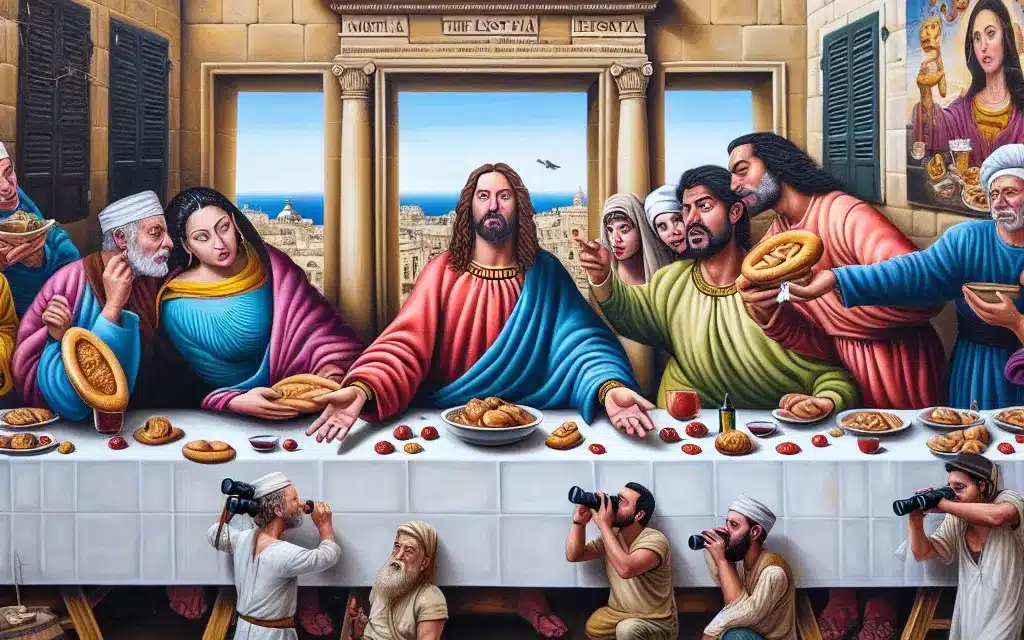
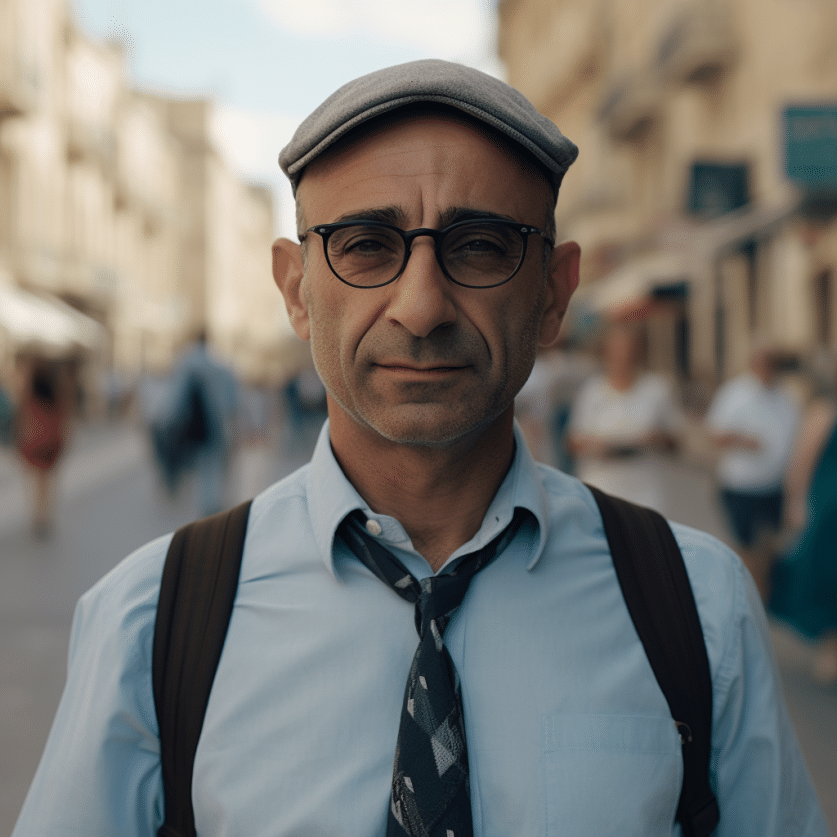
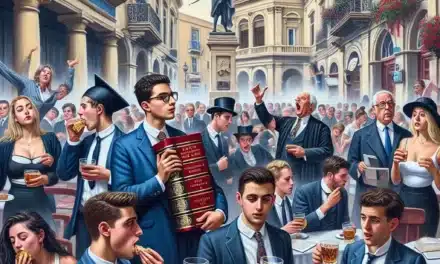
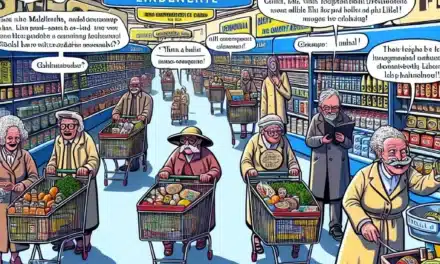
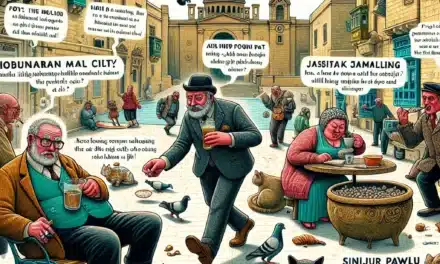

Recent Comments